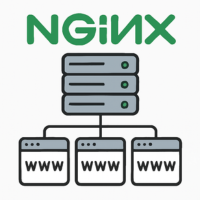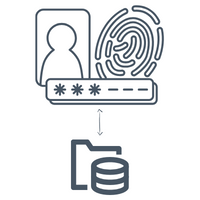Create a CSR using OpenSSL & install SSL certificate on your Nginx server

Generally, OpenSSL is used for CSR generation on Linux-based web servers (Apache or Nginx) So, if the default web server is installed, there should be no issues with using OpenSSL as it is installed by default on these web servers.
The RSA key algorithm is the algorithm most widely used in digital security. It's an asymmetric cryptography algorithm. This basically means that there are two keys involved while communicating, i.e., the Public key and Private key.








